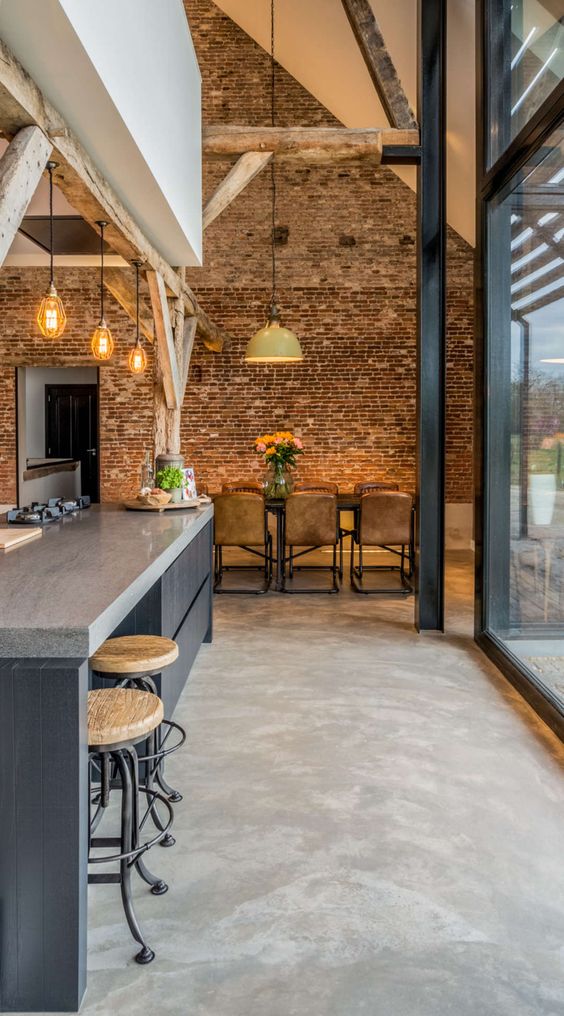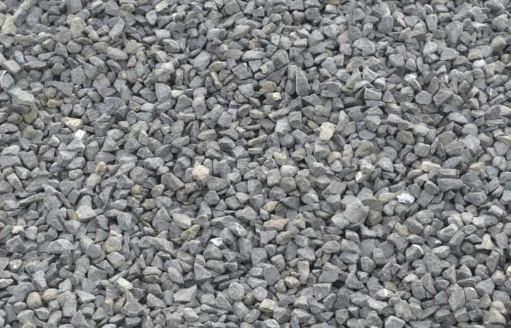How to Cut Cement Board – Cut cement board can be a messy and hard work. Whether for an overhaul of the bathroom or a new look for your kitchen, you need cement board to properly install the ceramic tiles that will be the cornerstone of your renovation. More difficult to cut than wood or drywall, you will need the proper tools and patience to take your time to do good work. With little room for error, make sure you’re ready before you start, you board the project and you will be happy with the end product cement.

Definition
Cement board usually defines a composite panel of flat surfaces composed of a mixture of wood particles and Portland cement, compressed and dried, and can be further reinforced with fibers. They are boards produced industrially, with high-quality standard and ready for the application in work. These plates are especially recommended for situations where greater resistance to impact and humidity are required, such as exposed facades.
These boards may have structural functions as a basic flooring of the structure or be used as floor and facade finishing material.
Benefit
The combination of the strength and flexibility of the wood with the durability and rigidity of the cement, allow a wide range of applications both indoors and outdoors. Plates are especially appreciated for their high impact strength, fire, moisture action, noise, and fungi. They also have the advantage that they can be applied as a final finish exposed to the elements.
Disadvantages
When compared to other structural boards, especially OSB boards, the cementitious boards present some drawbacks, beginning at a substantially higher price. They have a weight about three times higher and, being more rigid, can crack and become more difficult to cut and drill. They absorb and trap moisture and are subject to more pronounced mechanical variations.
However, many consider that the main disadvantage is the delivery of the plaque on the structural elements. Usually, OSB boards require two centimeters of support, with an expansion joint of fewer than three millimeters, and can be bolted at a minimum distance of 10 mm from the ends. Hence the metal profiles are supplied with a minimum of 43 mm flap. In contrast, cementitious plates usually require greater delivery and greater distance between the bolt and the ends. This involves increasing the flap of the metal profiles, further increasing the costs of the structure.
How to Cut Cement Board
Step 1 – Select Tools
According to the cuts, you will need to do and the size of the cement board, you must ensure that you have good handy tool for the job. If you cut straight lines and your cement board is less than 4 feet by 4 feet square, a saw tile table is your best option. The saw guide will make sure your cuts are straight, and with a pair of hands, cuts are made quickly and easily. For larger pieces of cement board, use a portable circular saw. Use a jigsaw to cut and curved cuts.
All these tools are available at your local rental outlet tools. Make sure you use the blades either carbon or diamond to cut cleanly through the cement. Inform the sales staff that you cut the cement board and will use water, this way they can ensure that you have the right tool for the job. (wikihow.com)
Step 2 – Preparation of the work area
With cement dust and water limestone driving your saw blade, a cutting of cement is very messy. Always have a tarp under your work area to catch dust and water, which speeds up cleaning time. If you work indoors, make sure your work area is isolated from the rest of the house, keeping dust to a minimum. When working outside remember that dust and water can stain the area where they come out of the saw, and you want to protect it with a tarp.
Step 3 – Marking Your Cut
For straight cuts, mark your cement board as you would a sheet of plywood. Measure your distance and use a square edge and right to make sure the line is marked correctly. For circular cuts, drive a nail into the center of your cup, measuring a chain cut radius (half the size of the opening) and attach one end of the nail and the other to your marker pen. This will give you a perfect circle of your desired size. For irregularly shaped cutouts, make a pattern using cardboard and trace on your cement board.
Step 4 – Spraying
Before cutting, use a bucket and sponge to wet your cement board down. You want the surface is moist but not sloppy. Wetting your cement board will keep the amount of dust while you make your cut.
Step 5 – Making the Cut
Using a table saw is the easiest option. Adjust the guide rail to your desired extent and make your cut. Using a circular saw outstretched hand also remember looking right to take your time to make the cut to ensure it is straight. When cutting in the center of your cement board, drill a pilot hole first to be able to insert your jigsaw blade. Remember your saw blade is 1/8-inch thick and cut accordingly.






